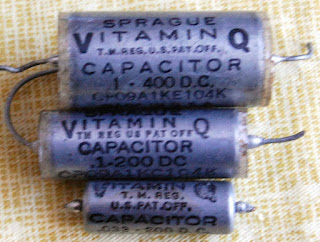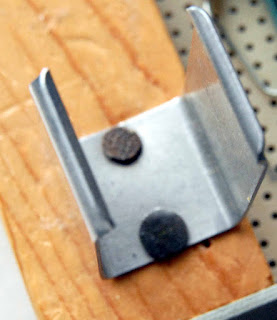Storing Test Leads, Cords and Cables

When I needed a test lead, cord or cable at work (20th century) I would go over to a metal bracket screwed into the wall of the lab with closely spaced metal fingers like this one from Pomona: The cables and test leads were all hung by their connectors in the slots. Usually finding the one you wanted meant taking out a bunch of other cables in front to get to it. But at home I either put cables in a box or draped them over a board I had cantilevered under my digital scope. The scope sits on top of a bookshelf next to the bench. This was fine until K9MMS gave me an idea to steal. He had attached a horizontal board to his workbench shelving and added 3 drawer pull knobs to drape his various cordage onto that board, neat: I just happened to have a weird little unused thingy in the basement, kind of a combination of a small bookshelf and a board with 3 coat pegs. I ripped the board with the pegs off the bookself, screwed it to a hunk of plywood and voila, cord ...







